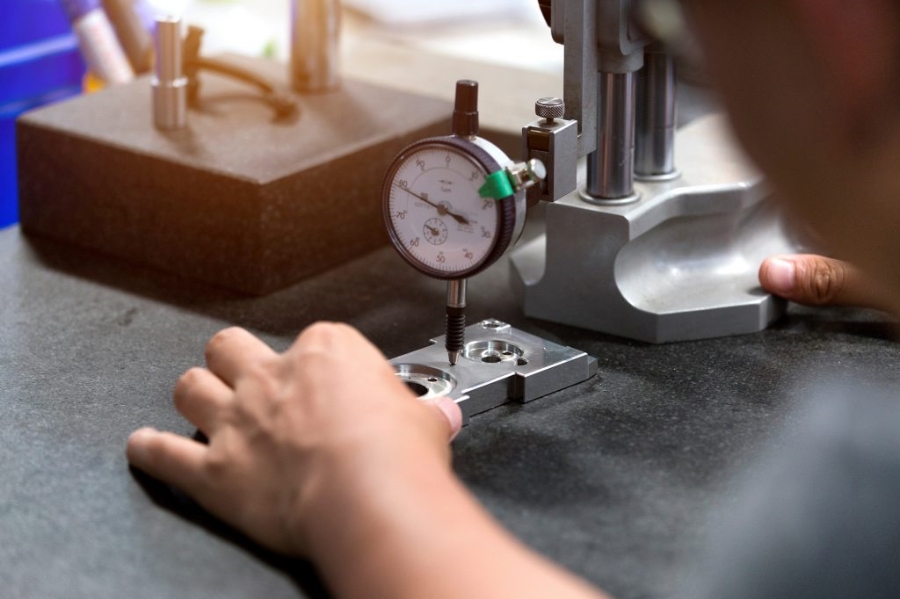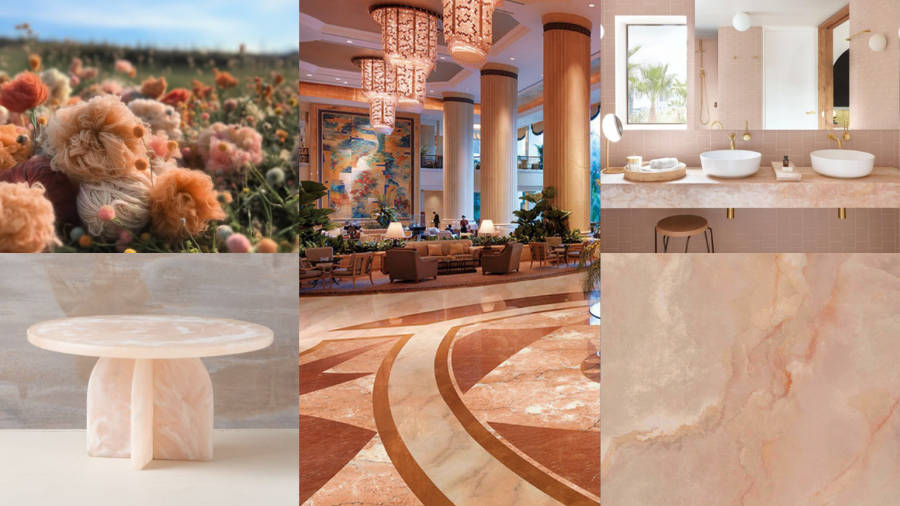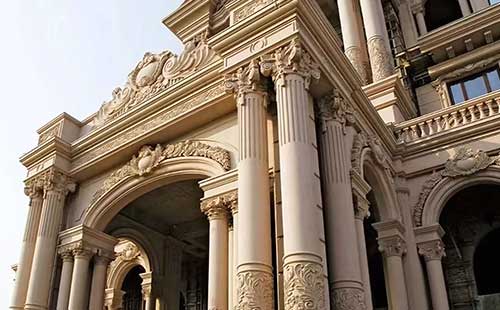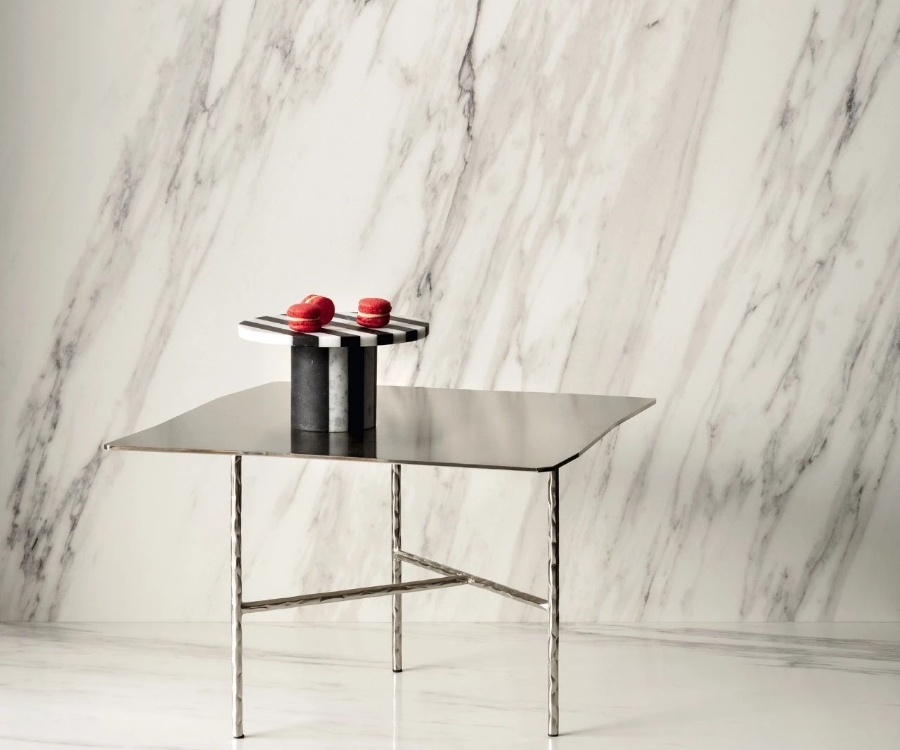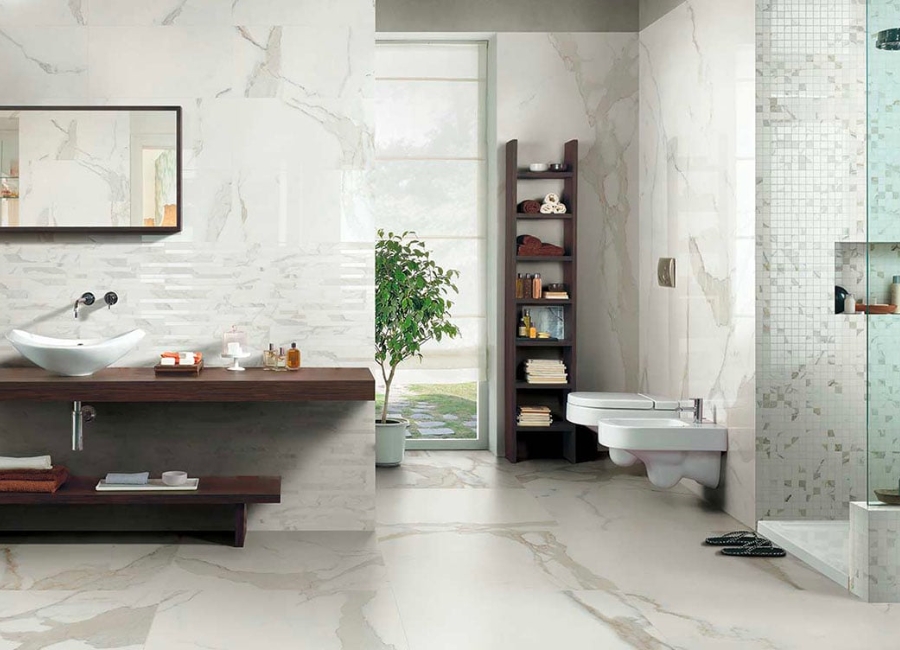Our Blog
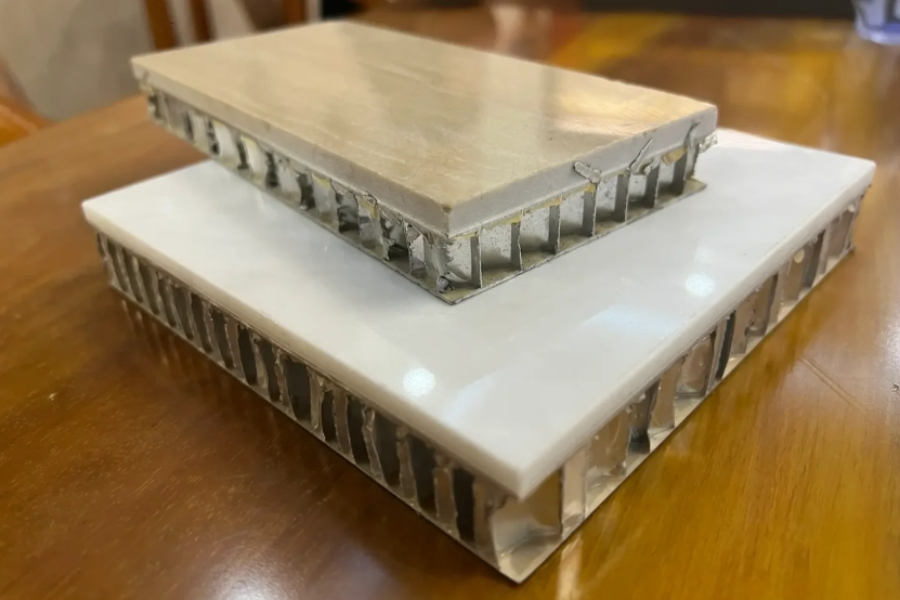
How to Prevent Deformation in Honeycomb Panels
Marble aluminum honeycomb panels are a popular choice in architectural decoration because they significantly reduce the weight of stone materials while enhancing safety. However, if not handled properly during processing and installation, these panels can deform, complicating construction and affecting their aesthetic appeal. Here are some practical tips to prevent deformation and ensure a high-quality installation.
Choose the Right Honeycomb Panels
The thickness of the aluminum honeycomb and the size of the honeycomb cells are crucial. Panels with shorter honeycomb cell lengths and greater thickness are less likely to deform. Always select honeycomb panels with these characteristics to maintain structural integrity.

Design the Thickness Carefully
The thickness of the marble aluminum honeycomb composite panel directly impacts its resistance to bending. Thicker honeycomb panels have higher bending strength and are less prone to deformation. Designers should apply principles of material mechanics to determine the optimal thickness for each application.
Optimize the Length and Width Ratio
The length-to-width ratio of the panels is another critical factor. Panels with a high length-to-width ratio are more susceptible to deformation. Ensuring a balanced ratio can help maintain the panel’s flatness and structural stability.
Proper Placement During Processing
During production, honeycomb panels should be placed on L-shaped racks with the back of the rack fully supporting the panel. Avoid leaving the last panel hanging off the edge, as this can cause deformation.
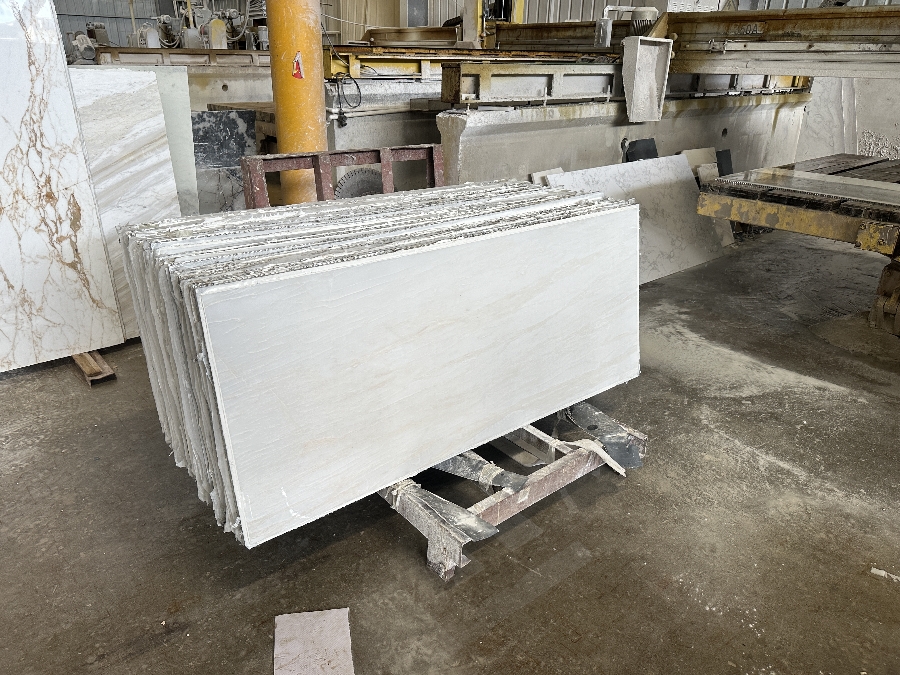
Use Appropriate Packaging Methods

Protect Panels on the Construction Site
Quality Inspection
